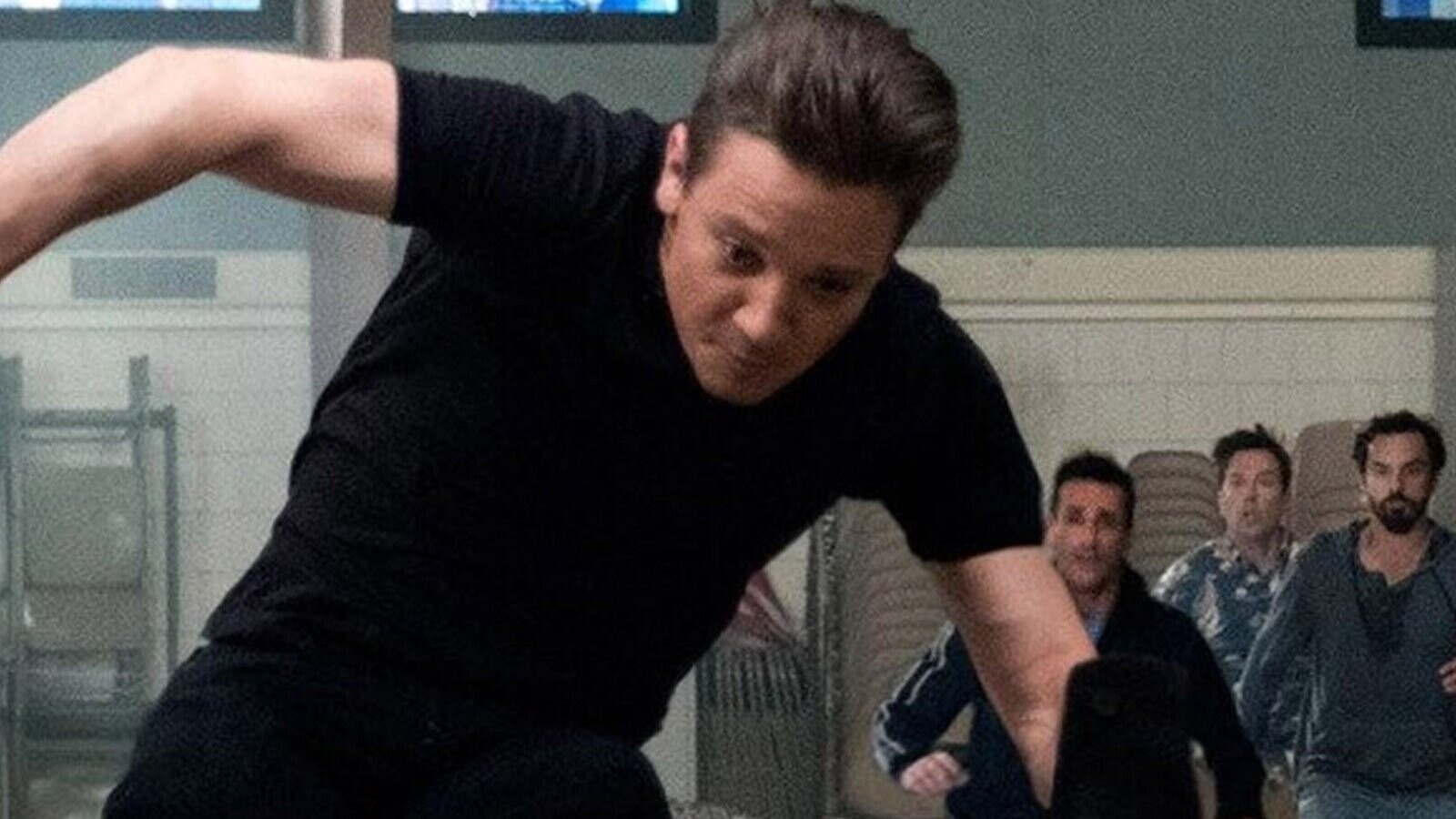As a young man, Jim Jones fought hard for racial integration, losing his position in the legit church as a result, and opened his own church for both black and white folks. Church members then worked to expand their radical idea of the races mixing to other businesses and restaurants. We're not joking about this being a radical idea -- Jones was doing this back in the 1950s when black people breathing within 100-feet of a white business was considered a jailable offense. This caused the bulk of Jones' congregation to be African Americans, most of whom were drawn in by his church's views on race.
Those who didn't join the church still made use of all the charitable services it offered, including legal advice, health care, and just plain no-strings-attached money. The Temple ran care homes for the disabled. It got poor people into housing. It opened a cafeteria to offer free food to anyone who wanted it. All of this went on for decades. To fund the charity, they received donations, but they also grew grapes and sold them to a company that made wine.
 Jonestown Institute
Speaking of intoxicating beverages, let's next address the whole Kool-Aid thing.
Jonestown Institute
Speaking of intoxicating beverages, let's next address the whole Kool-Aid thing.
Even when they opened their compound in Guyana, the Jones gang had the most idealistic of motives -- aiming for a racial paradise beyond what America seemed capable of creating. But making the undeveloped jungle livable meant a whole lot of work. So with the Temple having provided so much to its members, it seemed only fair to a power-mad Jones to demand labor in return ... whether the workers were willing or not. Paternalism became authoritarianism, and the utopia became a prison. We're not going to argue that ritual mass slaughter was the logical conclusion to all this, but now you know why plenty of people assume any system of sharing will inevitably lead to death camps.







 US Army
US Army
 US Navy
US Navy
 Florida Department of Corrections
Florida Department of Corrections